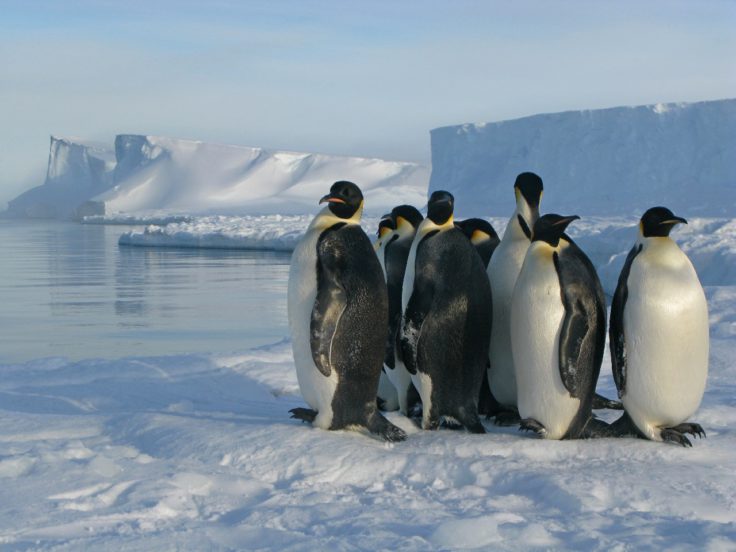This year the extent of summer sea ice in the Antarctic is the lowest on record. The Antarctic sea ice minimum marks the day – typically towards end of February – when sea ice reaches its smallest extent at the end of the summer melt season, before expanding again as the winter sets in.
This year, sea ice extent contracted to 883,015 sq miles (2.28m sq km) on 13 February, according to data from the US National Snow and Ice Data Center (NSIDC).

The extent is a fraction smaller than a previous low of 884,173 sq miles recorded on 27 February 1997 in satellite records dating back to 1979. Scientists, including those at British Antarctic Survey, are monitoring the data closely and trying to understand why this year is presenting a minimum.
BAS climate scientist Dr James Pope says:
“At this time, so close to minimum event, it is difficult to identify what is causing the record minimum and whether anything significant has changed. Sea ice is highly variable on year-to-year time-scales and therefore the recent record maximum extent from a couple of years ago and this year’s record minimum could both be the result of short- term changes rather than longer-term trends.
“What’s interesting is that Antarctic sea ice has been steadily increasing in size, year on year from the 1970s. So what’s happening now is against the trend. And whilst it’s significant, we won’t know for a couple of years whether this is a single event or a switch away from the previously observed increase.” We will now study the data with interest and look at what is causing this minimum.”
